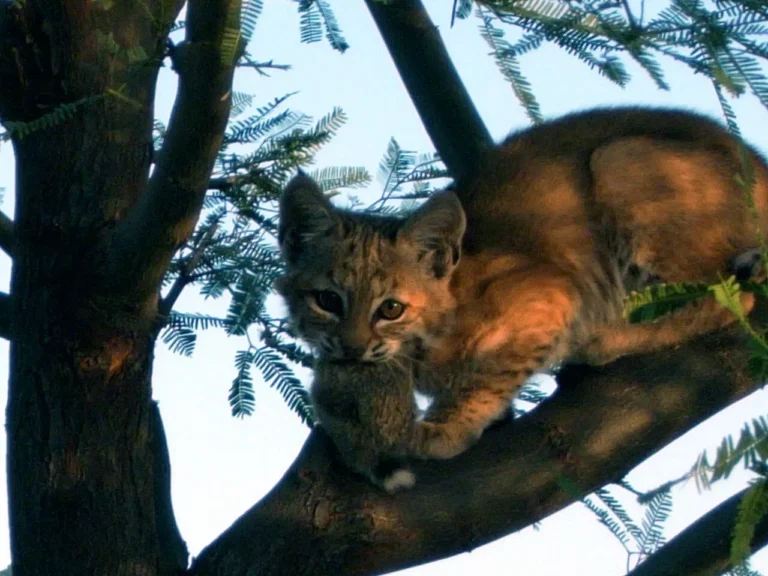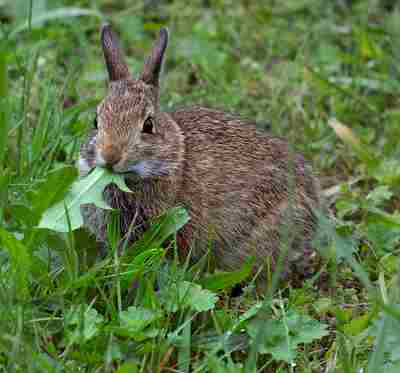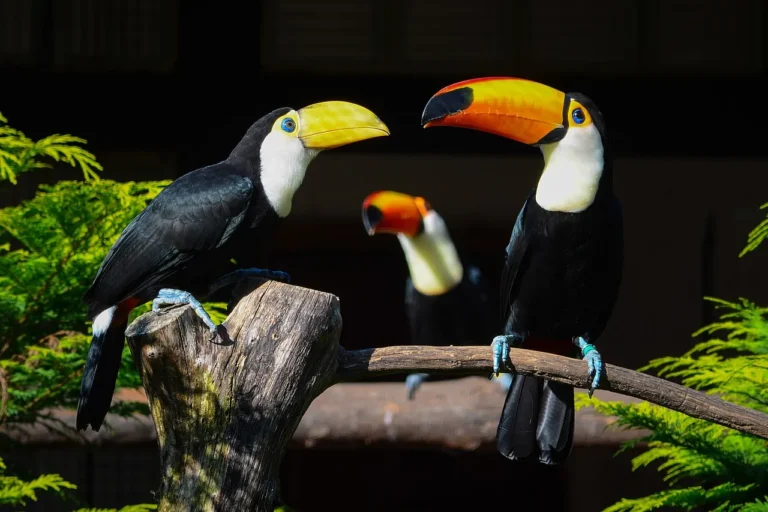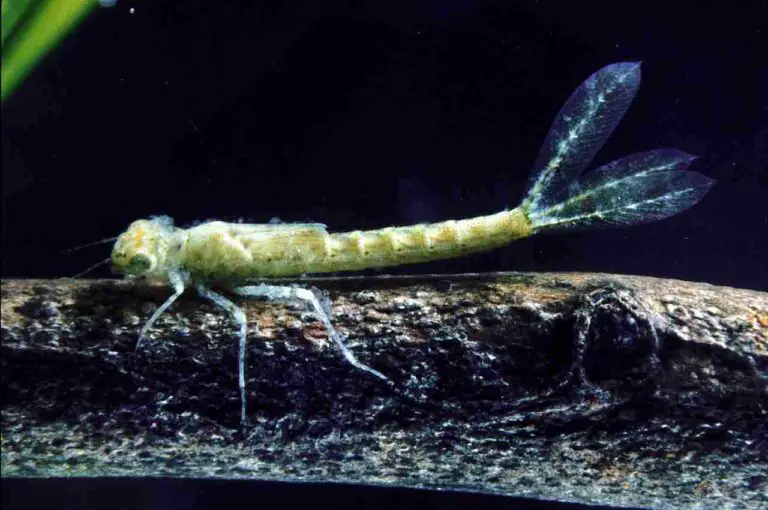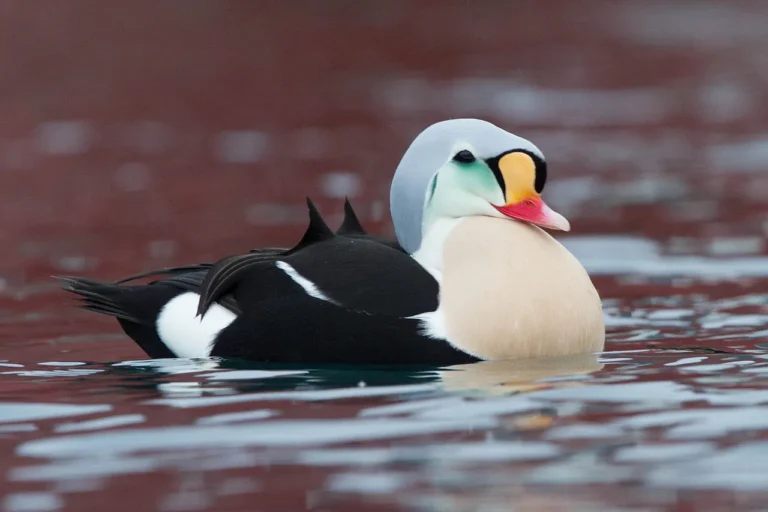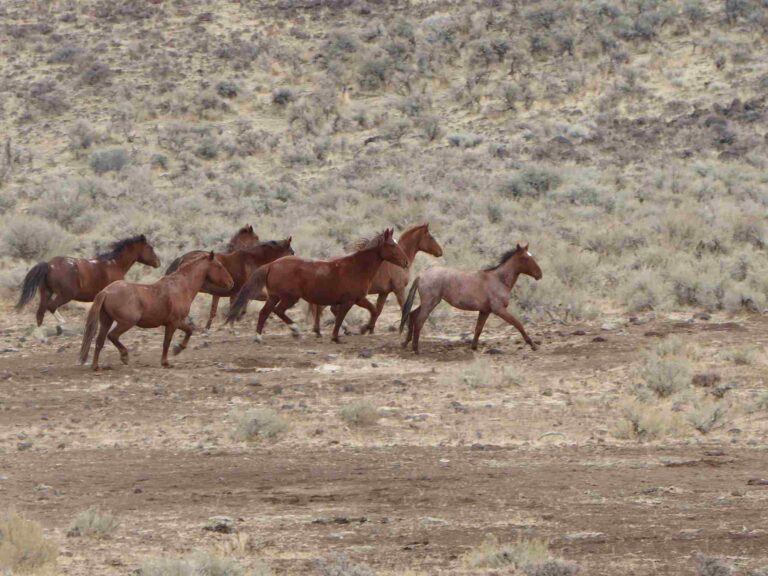What Eats Limpets? 9+ Predators of Limpets Discussed
Animal that eat limpets include; assassin snails, blue crabs, starfish, fish, sea anemones, humans, seals, seabirds, lizards, and marine whelks.
Below is a brief discussion of each one listed above.
1). Assassin Snails (Do Assassin Snails Eat Limpets?)
Assassin snails, especially juvenile or baby ones, are freshwater carnivorous snails that can prey on a few freshwater limpet species. However, adult assassin snails are unlikely to eat limpets because they are too small and have hard shells. Despite this, assassin snails are still considered predators of limpets.
These snails are known for their ability to hunt and consume other small invertebrates, making them an animal that eats limpets. While they may not be the primary predator of limpets, they can still pose a threat to the limpet population in certain freshwater environments. It is important to note that assassin snails are not exclusive limpet predators and have a varied diet.
2). Blue Crabs (Do Blue Crabs Eat Limpets?)
Blue crabs, along with other predatory crab species, are known to attack limpets by prying them off rocks in intertidal zones. These omnivorous scavengers have a varied diet, which includes limpets. Blue crabs are opportunistic feeders and will take advantage of any available food source, including limpets.
In their search for food, blue crabs use their strong claws to pry open the shells of limpets and consume the soft body inside. This predatory behavior makes them a significant threat to limpet populations in coastal areas. Limpets, in response, often exhibit defensive behavior by moving to evade the crabs or using their shells as protection.
While blue crabs are not the primary predator of limpets, their presence in intertidal zones contributes to the overall predation pressure on limpet populations.
3). Starfish (Do Starfish Eat Limpets?)
Starfish, also known as sea stars, are another predator of limpets, particularly in high tide zones. These marine creatures, especially the larger species, have the ability to pry limpets off rocks to access their soft bodies. Limpets, in response, have developed defensive behaviors to protect themselves from starfish predation.
When threatened by starfish, limpets will often move to evade capture or use their shells as a form of protection. This defensive behavior allows them to minimize the risk of being consumed by starfish. However, some starfish species are adept at prying open limpet shells, making them a significant threat to limpet populations in coastal areas.
Starfish are known for their ability to regenerate lost limbs, which gives them an advantage in their predatory pursuits. Even if a limb is damaged or lost during an encounter with a limpet, the starfish can regrow it over time. This regenerative ability allows starfish to continue hunting and consuming limpets, contributing to the overall predation pressure on limpet populations.
It’s important to note that while starfish are a predator of limpets, they are not the primary predator. Other predators, such as crabs and fish, also play a role in controlling limpet populations. The interplay between these different predators and their prey creates a complex ecosystem dynamic in intertidal zones.
4). Fish (Do Fish Eat Limpets?)
Fish are another group of predators that feed on limpets. There are several species of fish that prey on limpets, with one notable example being the wrasse. Wrasse are commonly found in coastal areas and rocky shores, where they actively search for limpets to feed on.
Limpets are a preferred food source for wrasse, and they have developed specialized techniques to locate and consume them. Wrasse have a keen sense of smell and can detect the scent of limpets in the water. They use this sense to locate areas where limpets are abundant, such as rocky crevices or areas with high concentrations of algae.
Once a wrasse has located a group of limpets, it will use its powerful jaws to detach them from the rocks. Wrasse have strong teeth that are adapted for crushing shells, allowing them to easily consume the soft bodies of limpets. They are also known to use their mouths to create suction and pry limpets off the rocks.
The feeding behavior of wrasse on limpets is an important part of the coastal ecosystem. By consuming limpets, wrasse help to control their populations and prevent overgrazing of algae on the rocks. This, in turn, promotes a healthy balance in the ecosystem and allows other species to thrive.
In addition to wrasse, there are other species of fish that also feed on limpets. These include certain types of rockfish, gobies, and blennies. Each species has its own unique hunting strategies and adaptations for consuming limpets.
5). Anemones (Do Anemones Eat Limpets?)
Anemones are carnivorous predatory creatures that can be found in various marine environments. While they are known for their striking appearance and vibrant colors, they also have a voracious appetite for small organisms, including limpets. Anemones use their tentacles to capture and feed on limpets, as well as other prey that comes within their reach.
When it comes to hunting limpets, anemones have developed unique adaptations to ensure a successful catch. Their tentacles are equipped with specialized stinging cells called nematocysts, which they use to immobilize their prey. These stinging cells inject venom into the limpets, paralyzing them and making it easier for the anemones to consume them.
Anemones are opportunistic feeders and will consume any small organism that comes into contact with their tentacles. However, they do have a preference for limpets due to their abundance in certain habitats. Limpets provide a nutritious food source for anemones, as they are rich in proteins and other essential nutrients.
It’s worth noting that anemones are not the only predators that feed on limpets. Other marine creatures, such as fish, crabs, and starfish, also prey on these small mollusks. The presence of multiple predators helps to regulate the population of limpets and maintain a healthy balance in the ecosystem.
6). Humans (Do People Eat Limpets?)
Humans have been consuming limpets for centuries, making them an important part of traditional diets in coastal communities around the world. Limpets are often harvested by hand, as they cling tightly to rocks and can be challenging to remove. Coastal communities rely on the tides to expose the limpets, making it easier to catch them.
Once harvested, limpets are typically prepared by boiling or steaming them. This cooking method helps to soften the tough muscular foot of the limpet, making it more palatable. Some cultures also enjoy eating limpets raw, either on their own or as a topping for salads or sushi.
In addition to their taste, limpets are valued for their nutritional content. They are a good source of protein, vitamins, and minerals, including iron and zinc. Limpets are also low in fat and calories, making them a healthy choice for those looking to maintain a balanced diet.
While humans are not the only predators that consume limpets, their impact on limpet populations is generally minimal. Coastal communities have developed sustainable harvesting practices to ensure the long-term survival of limpet populations. These practices include limiting the number of limpets harvested, avoiding the collection of immature individuals, and rotating harvesting areas to allow populations to recover.
7). Seals
Seals are another predator that feeds on limpets, making them an important part of the limpet’s natural ecosystem. Seals can be found in coastal areas where limpets thrive, and they have developed efficient hunting techniques to capture their prey.
Seals are known to find limpets in intertidal zones, where the limpets attach themselves to rocks. These areas provide a rich food source for seals, as they can easily access the limpets during low tide when the rocks are exposed. Seals use their strong jaws and teeth to pry the limpets off the rocks, consuming them whole.
In addition to their ability to find and feed on limpets, seals are also known to prey on other marine organisms. They are skilled hunters and can swim quickly to catch their prey. Seals have a diverse diet that includes fish, squid, and crustaceans, but they also include limpets as part of their regular meals.
Seals play a crucial role in regulating limpet populations. By consuming limpets, they help to control their numbers and prevent overpopulation. This balance is essential for maintaining a healthy marine ecosystem, as excessive limpet populations can have negative effects on other organisms and the overall biodiversity of the area.
It’s important to note that seals are protected in many regions due to their ecological significance. Conservation efforts aim to ensure the preservation of seal populations and their habitats, including the areas where limpets are found. These efforts help to maintain the delicate balance between predators and prey, ensuring the long-term survival of both seals and limpets.
8). Seabirds
Seabirds, including examples like gulls, are another group of predators that feed on limpets. These birds can be found in coastal areas where limpets thrive, and they have developed unique feeding strategies to consume these mollusks.
Seabirds are skilled at finding limpets in intertidal zones, where the limpets attach themselves to rocks. These areas provide a rich food source for seabirds, as they can easily access the limpets during low tide when the rocks are exposed. Seabirds use their sharp beaks and strong jaws to pry the limpets off the rocks, consuming them whole or breaking them into smaller pieces.
In addition to limpets, seabirds also prey on other marine organisms such as fish, crustaceans, and small invertebrates. They have a diverse diet that allows them to adapt to different environments and food availability. Seabirds are known for their ability to dive into the water to catch fish and other prey, using their wings to propel themselves underwater.
Seabirds play a crucial role in the coastal ecosystem by regulating limpet populations. By consuming limpets, they help to control their numbers and prevent overpopulation. This balance is important for maintaining a healthy marine ecosystem, as excessive limpet populations can have negative effects on other organisms and the overall biodiversity of the area.
It’s worth noting that seabirds are highly adapted to their marine environment. They have specialized digestive systems that allow them to extract nutrients from their prey efficiently. Seabird colonies are often found on remote islands or cliffs, providing them with suitable nesting sites and protection from predators.
Conservation efforts are in place to protect seabird populations and their habitats. These efforts aim to ensure the preservation of the delicate balance between predators like seabirds and their prey, including limpets. By safeguarding these ecosystems, we can help maintain the biodiversity and health of coastal areas for future generations.
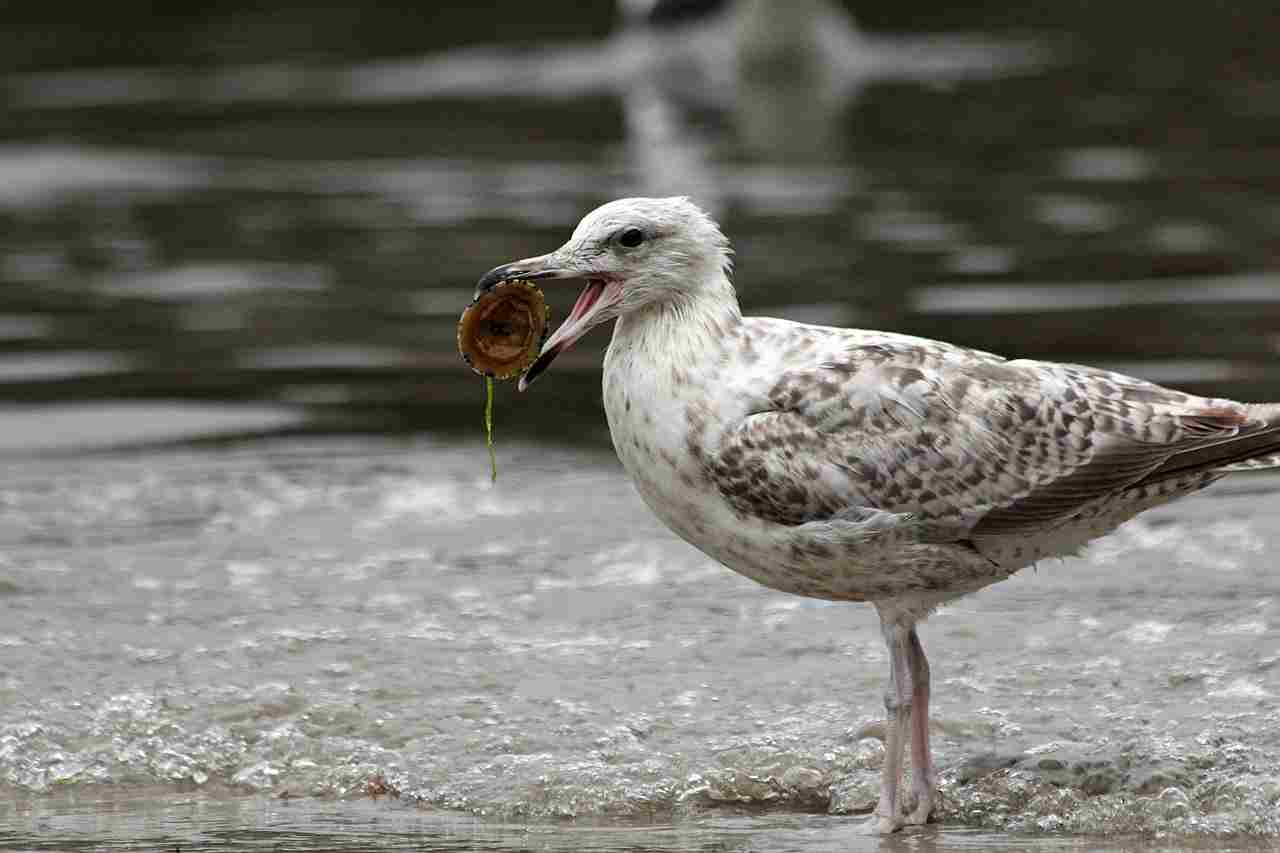
9). Lizards
Lizards are another type of predator that feed on limpets. These reptiles can be found in various coastal habitats where limpets are abundant. Lizards have developed specific hunting techniques to locate and consume these mollusks.
Certain lizard species, such as the common green anole, have the ability to climb rocks and vegetation to find limpets in intertidal zones. They use their keen eyesight to spot the limpets attached to rocks and then swiftly move in to capture them. Lizards have sharp teeth and strong jaws that allow them to pry the limpets off the rocks and consume them.
In addition to limpets, lizards also prey on other small invertebrates and insects. They have a diverse diet that helps them adapt to different environments and food availability. Lizards are known for their agility and quick movements, which aid them in capturing their prey.
Lizards play a role in regulating limpet populations in coastal ecosystems. By consuming limpets, they help control their numbers and prevent overpopulation. This balance is crucial for maintaining a healthy marine environment, as excessive limpet populations can negatively impact other organisms and the overall biodiversity of the area.
It’s important to note that lizards are ectothermic animals, meaning they rely on external sources of heat to regulate their body temperature. They are often found basking in the sun on rocks or other warm surfaces. This behavior allows them to optimize their energy levels and maintain their hunting efficiency.
Conservation efforts are in place to protect lizard populations and their habitats. These efforts aim to preserve the delicate balance between predators like lizards and their prey, including limpets. By safeguarding these ecosystems, we can help sustain the biodiversity and health of coastal areas for future generations.
10). Marine Whelks
Marine whelks are another type of predator that feed on limpets. Unlike the freshwater assassin snails, marine whelks inhabit coastal areas and are well-known for their appetite for limpets. These predatory snails not only prey on limpets but also consume other small marine organisms.
Marine whelks are carnivorous creatures that use their strong, muscular foot to crawl along the rocky surfaces where limpets are commonly found. With their keen sense of smell, they can detect the presence of limpets and quickly make their way towards them. Using their radula, a specialized feeding organ, marine whelks scrape and rasp away at the limpet’s shell until they can access the soft body inside.
In addition to limpets, marine whelks also feed on other mollusks, crustaceans, and even small fish. Their diverse diet allows them to adapt to different food availability in their coastal habitats. These predatory snails play an important role in maintaining the balance of marine ecosystems by controlling limpet populations and preventing overgrazing on algae-covered rocks.
Marine whelks are equipped with a hard, spiral-shaped shell that provides protection from predators and harsh environmental conditions. They have a muscular foot that allows them to move and attach themselves securely to rocks, ensuring stability while feeding on limpets. These snails are well-adapted to their marine environment and have evolved various strategies to capture and consume their prey.
Conservation efforts are in place to protect marine whelks and their habitats. These efforts aim to maintain the delicate balance between predators like marine whelks and their prey, including limpets. By preserving these coastal ecosystems, we can ensure the sustainability of marine biodiversity and the overall health of our oceans.
Are Limpets Edible?
Yes, the common limpet is edible, although it is not very widely eaten. However, with proper preparation, limpets can be safe to eat and can provide a source of valuable nutrients.
Limpets are mainly consumed in coastal regions where they are abundant. They have been a part of the traditional diets of certain communities for centuries. The process of preparing limpets for consumption involves cleaning and cooking them thoroughly.
When it comes to cleaning limpets, it is important to remove any dirt or debris from their shells. This can be done by scrubbing them gently with a brush under running water. It is also advisable to remove the limpet from its shell before cooking, as this can make it easier to handle and eat.
Cooking limpets can be done in various ways, such as boiling, steaming, or frying. The choice of cooking method depends on personal preference and the desired texture. It is important to ensure that limpets are cooked thoroughly to eliminate any potential bacteria or parasites.
Limpets are a good source of nutrients like protein, iron, and omega-3 fatty acids. They are low in fat and calories, making them a healthy option for those looking to incorporate seafood into their diet. However, it is important to note that individuals with shellfish allergies should avoid consuming limpets.
Can You Eat Limpets Raw?
Yes, it is possible to eat limpets raw, but there are a few considerations to keep in mind. Limpets are filter feeders, which means they can accumulate bacteria and other contaminants from their environment. Therefore, it is crucial to ensure that the limpets are sourced from clean, unpolluted waters before consuming them raw.
If you choose to eat limpets raw, it is essential to give them a minimal cleaning. Start by gently scrubbing the shells under running water to remove any dirt or debris. This step helps to eliminate any potential contaminants that may be present on the outer surface of the limpets.
However, it is generally advisable to cook limpets before consuming them. Cooking not only helps to enhance the flavor and texture but also eliminates any potential bacteria or parasites that may be present. By cooking limpets thoroughly, you can ensure that they are safe to eat and reduce the risk of foodborne illnesses.
There are various cooking methods you can use to prepare limpets. Boiling, steaming, or frying are popular options, and the choice depends on personal preference and desired texture. Regardless of the cooking method, it is crucial to cook limpets until they are fully cooked through. This ensures that any harmful bacteria or parasites are destroyed, making the limpets safe for consumption.
When it comes to the nutritional value of limpets, they are a good source of protein, iron, and omega-3 fatty acids. They are also low in fat and calories, making them a healthy addition to your diet. However, it is important to note that individuals with shellfish allergies should avoid consuming limpets, whether raw or cooked.
Are Limpets Poisonous?
Limpets are generally not considered poisonous and are safe to eat, whether raw or cooked. However, there are a few factors to consider to ensure their safety for consumption.
Firstly, it is important to ensure that the limpets were healthy before consumption. Limpets can accumulate bacteria and other contaminants from their environment, so it is crucial to source them from clean, unpolluted waters. This helps to minimize the risk of consuming any harmful substances.
Secondly, proper storage of limpets is essential to maintain their freshness and safety. If you are harvesting limpets yourself, make sure to keep them in a cool and clean environment until you are ready to cook or consume them. If you are purchasing limpets, ensure that they are stored and handled properly by the supplier.
It is worth noting that some shellfish, including certain types of clams and mussels, can contain Paralytic Shellfish Toxins (PSTs). PSTs are a type of phycotoxins produced by certain species of algae. These toxins can cause paralytic shellfish poisoning in humans if consumed in high amounts. However, there is limited information available regarding the presence of PSTs in limpets.
To minimize any potential risks, it is advisable to cook limpets thoroughly before consumption. Cooking not only enhances the flavor and texture but also helps to eliminate any potential bacteria or parasites that may be present. By cooking limpets until they are fully cooked through, you can ensure that any harmful substances are destroyed, making the limpets safe to eat.
What Do Limpets Eat?
Limpets are mostly herbivorous creatures that play an important role in marine ecosystems. Their diet primarily consists of microalgae, seaweed, and other marine plants. These small organisms are able to scrape algae off rocks using their radula, a specialized feeding organ. By consuming algae, limpets help to control their growth and maintain a healthy balance in the ecosystem.
In addition to their herbivorous diet, limpets may also feed on other invertebrates, such as juvenile barnacles. While their primary focus is on plant matter, limpets may opportunistically consume small organisms that they come across. However, this is not a significant part of their diet and is more of a supplement to their herbivorous feeding habits.
Limpets are well-adapted to their feeding habits. Their conical shell shape allows them to tightly attach to rocks, providing them with stability while they graze on algae. They use their muscular foot to move across the rock surface, leaving behind a trail of scraped algae. This movement pattern ensures that they efficiently consume the available food in their immediate vicinity.
The specific types of algae and marine plants that limpets eat can vary depending on their habitat and availability. Different species of limpets may have preferences for certain types of algae, while others may be more generalist feeders. Their feeding behavior can also be influenced by factors such as water temperature, light availability, and competition for resources.
Conclusion
* Assassin Snails, Blue Crabs, Starfish, Fish, Anemones, Humans, Seals, Seabirds, Lizards, and Marine Whelks are all predators of limpets.
* Limpets primarily feed on microalgae, seaweed, and other marine plants, helping to control their growth and maintain a healthy balance in marine ecosystems.
* While limpets may opportunistically consume small organisms, their main focus is on herbivorous feeding habits.
* Limpets are well-adapted to their feeding habits, using their conical shell shape and muscular foot to efficiently consume available food.
* The specific types of algae and marine plants that limpets eat can vary depending on their habitat and availability.
FAQs
1). Are Animals Who Eat Limpets Carnivores?
Animals that eat limpets can be described as carnivores, although not all of them exclusively feed on meat. Some animals, such as crabs, seabirds, fish, and lizards, are rather omnivores, as they have a varied diet and can opportunistically consume limpets. These animals may also consume other types of food, including plants or other small organisms.
2). What Types of Crabs Eat Limpets?
Certain types of crabs, such as blue crabs, are known to feed on limpets. These crabs have strong claws that they use to pry the limpets off rocks and consume them. Blue crabs are opportunistic feeders and will consume a variety of food sources, including limpets when available. Other types of crabs, such as hermit crabs, may also eat limpets, although their diet tends to be more varied.
3). What Sea Animal Eat Limpets?
Sea animals that eat limpets include sea stars and certain species of fish. Sea stars, also known as starfish, have a unique feeding method where they extend their stomachs out of their bodies and wrap them around the limpet, digesting it externally. This allows them to consume the limpet’s soft body without having to pry it off the rock.
Some species of fish, such as wrasses and blennies, also feed on limpets. These fish have specialized teeth and jaws that allow them to scrape the limpets off rocks and consume them. It’s important to note that not all sea animals eat limpets, as their diet can vary depending on their specific adaptations and preferences. However, sea stars and certain fish species have been observed to feed on limpets in their natural habitats.
4). Will Larger Snails Eat Limpets?
Larger snails, such as whelks, are known to feed on limpets. These predatory snails have a strong, muscular foot that allows them to pry limpets off rocks and consume them. With their radula, a specialized feeding organ, they scrape away the limpet’s protective shell and devour its soft body.
Whelks are carnivorous and have a voracious appetite for limpets, making them a natural predator in coastal ecosystems. Their ability to consume limpets contributes to the balance of marine populations and the overall health of the ecosystem.
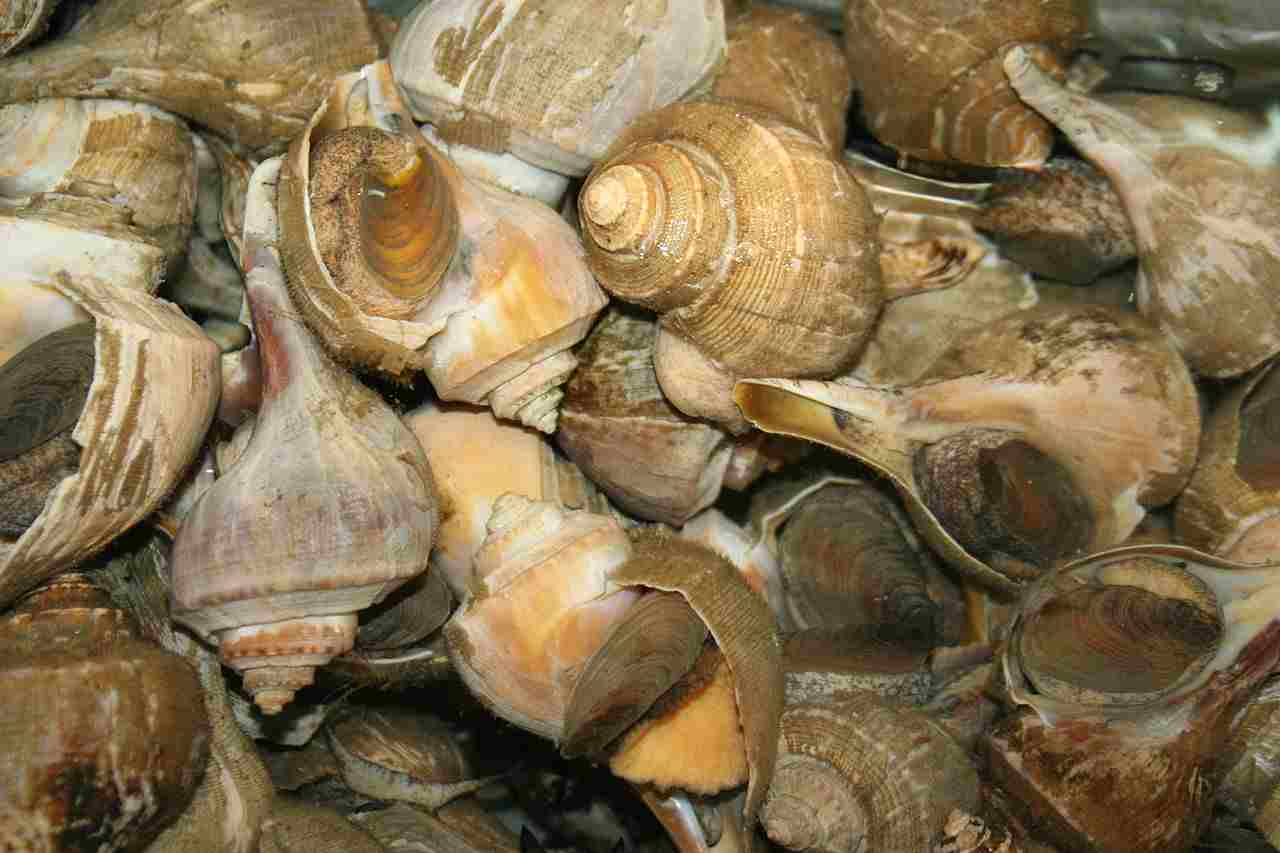
5). Do Crabs Eat Limpets?
Crabs are known to be opportunistic feeders, and yes, they do eat limpets. Limpets are a common food source for many species of crabs, including hermit crabs and shore crabs. These crabs have strong claws that they use to pry the limpets off rocks and shells. Once they have captured a limpet, they use their powerful mandibles to crush the shell and access the soft body inside.
Crabs play an important role in controlling limpet populations and maintaining the balance of marine ecosystems. Their predation on limpets helps to prevent overgrazing and promotes the health of other organisms in the ecosystem.
6). Can You Eat Limpets?
Limpets are not commonly consumed by humans, but they can be eaten. In some coastal communities, limpets are considered a delicacy and are included in traditional dishes. However, it is important to note that not all limpets are safe to eat. Some species of limpets may contain toxins or parasites that can be harmful if consumed.
If you are considering eating limpets, it is crucial to ensure that they are harvested from clean, unpolluted waters. Limpets should be thoroughly cleaned and cooked before consumption to eliminate any potential risks. It is also recommended to consult local regulations and guidelines regarding the harvesting and consumption of limpets in your area.
When cooked, limpets have a unique flavor that is often described as a combination of seafood and shellfish. They can be prepared in various ways, including steaming, boiling, or frying. However, due to their small size, limpets are typically used as an ingredient in dishes rather than being the main course.
7). What Eats Limpets in Aquarium?
Limpets can be a valuable addition to an aquarium ecosystem, but it’s important to consider their potential predators. In an aquarium setting, some common predators of limpets include certain species of crabs, snails, and starfish. These animals may feed on limpets by prying them off rocks or consuming them whole. It’s important to create a balanced environment in the aquarium to ensure the survival of limpets.
Providing hiding places and plenty of algae for them to graze on can help protect them from predation. Also, monitoring the population of predators and adjusting their numbers if necessary can help maintain a healthy limpet population in the aquarium.
8). Are Limpets Herbivores?
Limpets are indeed herbivores. They primarily feed on algae, which they scrape off rocks using their radula, a specialized feeding organ. Algae provide the main source of nutrition for limpets, and they have adapted to their environment by developing a strong muscular foot that allows them to cling tightly to rocks, even in the face of strong wave action. This enables them to access the algae growing on the rocks and consume it.
Limpets play an important role in the ecosystem as herbivores. By grazing on algae, they help to control its growth and prevent it from overpopulating. This, in turn, helps to maintain a healthy balance in the marine environment. Limpets are also an important food source for certain predators, such as crabs and starfish, which rely on them for sustenance.
In an aquarium setting, it is important to provide limpets with ample algae to ensure their well-being. This can be achieved by regularly cleaning the tank and ensuring that there is a sufficient amount of algae growth for them to feed on. Additionally, it is important to monitor the population of limpets and their predators to maintain a balanced ecosystem within the aquarium.
9). What are Predators of Limpets?
Limpets have several predators in their natural habitat. One of the main predators of limpets is the seagull. Seagulls are known to pry limpets off rocks and consume them. Another predator of limpets is the octopus. Octopuses have the ability to use their tentacles to dislodge limpets from rocks and then feed on them.
Additionally, certain species of fish, such as wrasses and gobies, also feed on limpets. These fish have specialized teeth that allow them to scrape limpets off rocks and consume them.
10). Do Seals Eat Limpets?
Seals are known to be opportunistic feeders, consuming a variety of marine organisms. While seals primarily feed on fish, they have been observed eating limpets as well. Limpets are a source of food for seals, especially when other prey options are limited. Seals use their strong jaws and sharp teeth to pry limpets off rocks and consume them.
Seals are skilled hunters and can adapt their diet based on availability. Limpets provide a nutritious meal for seals, as they are rich in protein and other essential nutrients. However, it’s important to note that seals do not solely rely on limpets as their primary food source. They have a diverse diet that includes fish, squid, and other marine invertebrates.
11). What is a Limpet in a Food Chain?
A limpet plays a crucial role as a primary consumer in level two of the food chain. As a herbivorous marine snail, limpets feed on algae and other microscopic organisms that grow on rocks. They use their radula, a specialized feeding organ, to scrape off the algae and consume it. By doing so, limpets help control the population of algae and maintain a balanced ecosystem.
In the food chain, limpets serve as a food source for various predators, including crabs, birds, and fish. They are an important link in transferring energy from primary producers, such as algae, to higher trophic levels. Without limpets, the food chain would be disrupted, affecting the abundance and diversity of other organisms in the ecosystem.
